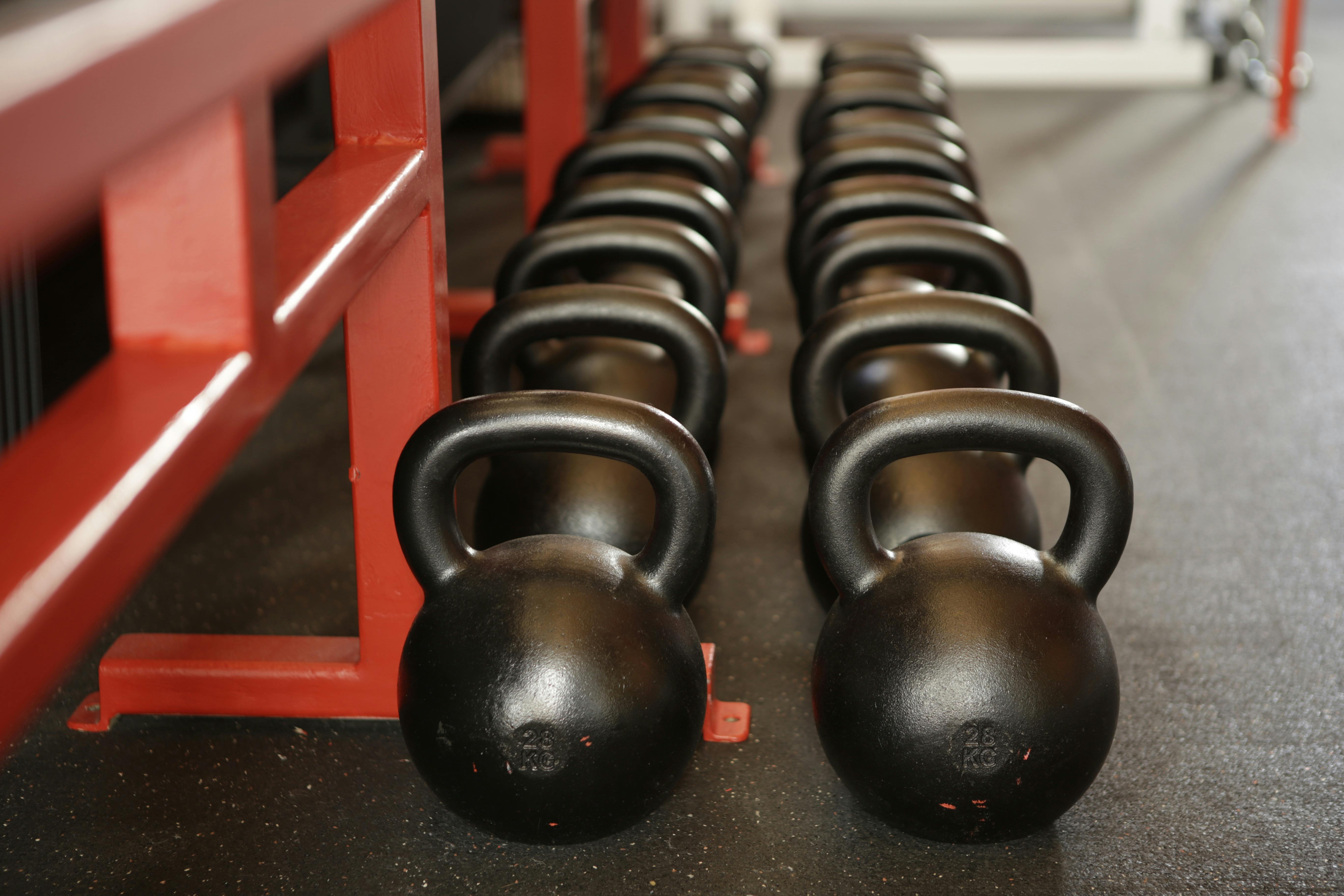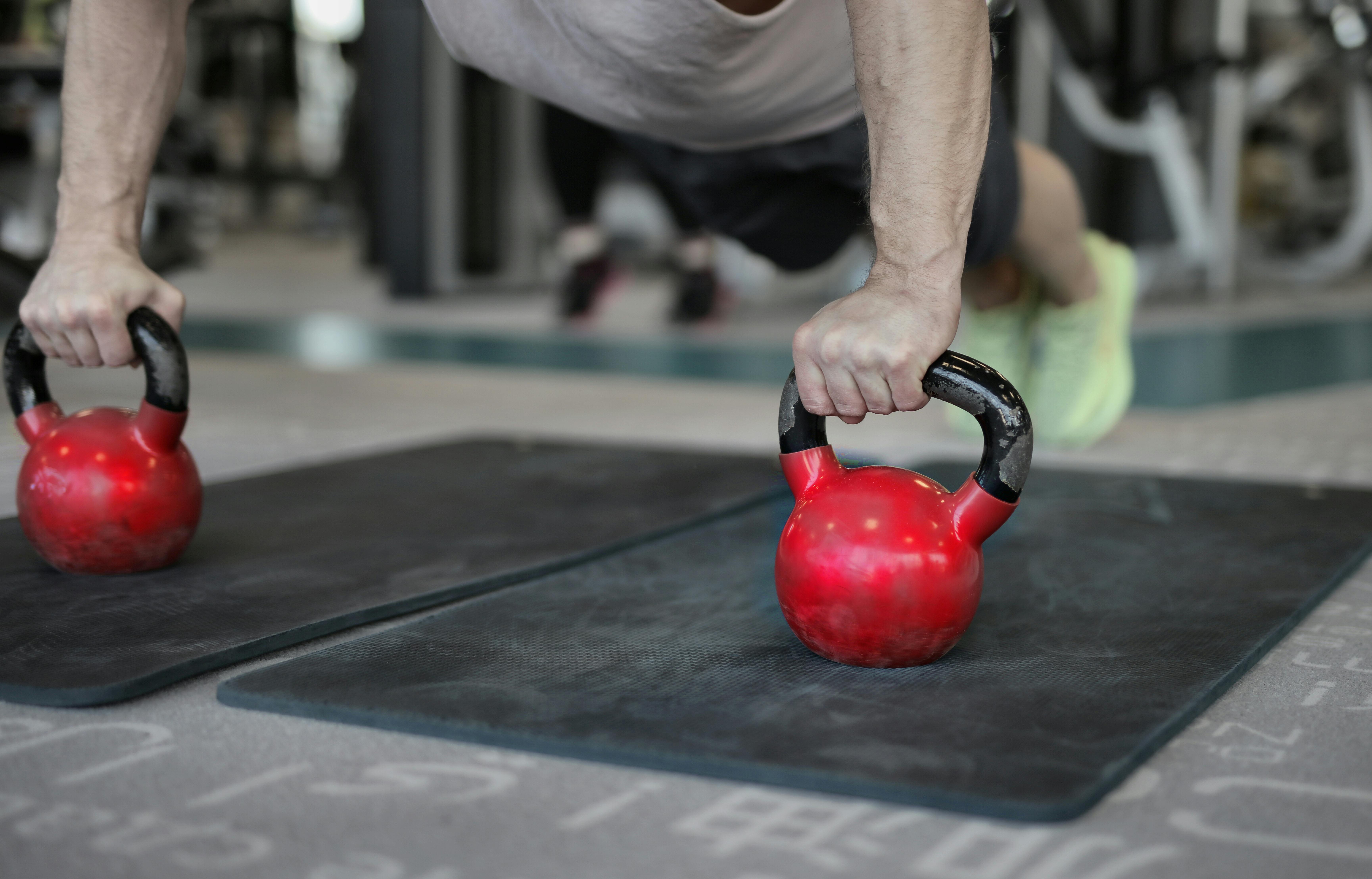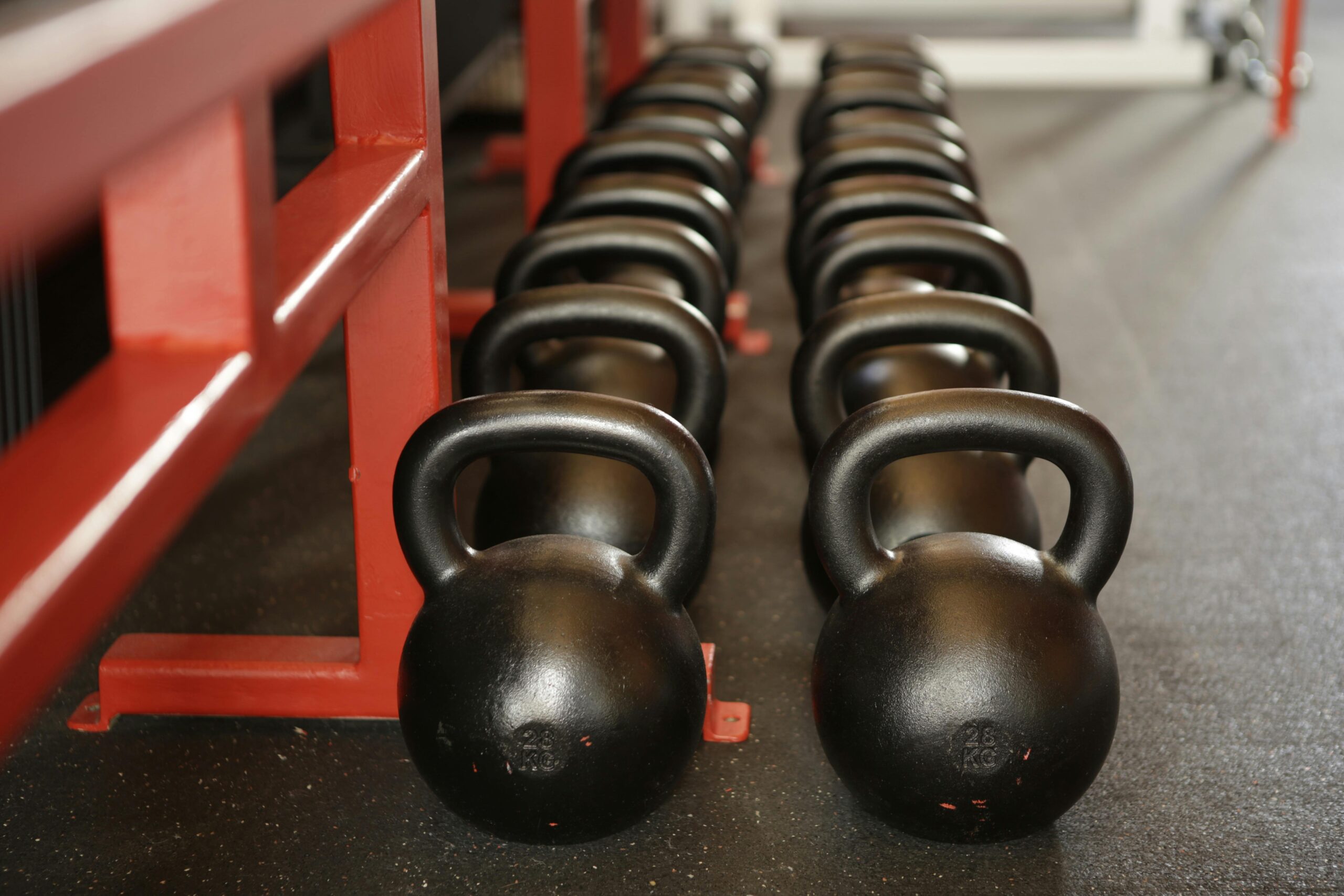Mastering Kettlebell Girevoy Sport: Complete Guide
Kettlebell girevoy sport is gaining momentum as a full-body conditioning powerhouse. With a blend of endurance, strength, and skill, it challenges both amateur fitness lovers and professional athletes alike. In this guide, we’ll explore the foundations, practical training strategies, and advanced tactics to master kettlebell girevoy sport and enhance your physical performance.

Understanding the Fundamentals
Kettlebell girevoy sport, also known as kettlebell lifting or GS, is a competitive endurance sport emphasizing high-repetition kettlebell movements. Originating from Russia, it has grown into a global discipline with structured rules and professional-level competitions.
The sport is more than just lifting weights—it’s about maximizing efficiency, conserving energy, and pushing your limits. Think of it as a marathon for strength athletes, where technique outweighs brute force.
1.1 The Core Movements
The three primary lifts in kettlebell girevoy sport are the snatch, jerk, and long cycle (clean and jerk). Each lift tests different muscular systems and requires precise form to execute efficiently under time constraints. According to a 2023 study by the International Journal of Kettlebell Training, proper form can reduce fatigue by over 40% during a 10-minute set.
These core movements are not just about power—they teach control, balance, and rhythmic breathing. Misconceptions often arise when people equate girevoy sport with typical kettlebell workouts; in reality, it’s a refined art of endurance.
1.2 Breathing and Cadence
Unlike traditional weightlifting, kettlebell girevoy sport emphasizes breathing patterns synchronized with motion. This breath-cadence synergy reduces lactic acid buildup and prevents early fatigue.
In competitions, a steady pace often trumps speed. Athletes train with metronomes to fine-tune their cadence, ensuring consistency. It’s this pacing that allows elite athletes to perform over 100 reps in a single session.
Practical Implementation Guide
With a clear understanding of the fundamentals, it’s time to apply them practically. Building an effective girevoy sport routine requires structured planning, patience, and progressive overload principles. Expect to see noticeable improvements within 6-12 weeks of consistent training.

2.1 Actionable Steps
- Establish a Baseline: Start with a fitness test using a light kettlebell (8-12kg for beginners). Record your max reps in 10 minutes.
- Select Equipment: Use competition-grade kettlebells with identical sizes across weights. Choose gloves or chalk based on grip preference.
- Set a Weekly Plan: Train 3-5 times per week, alternating between technique, strength, and endurance days. Monitor progress weekly.
2.2 Overcoming Challenges
Common hurdles include grip fatigue, inconsistent pacing, and poor recovery. These issues are often rooted in improper technique or overtraining.
To overcome them:
- Use grip-enhancing tools sparingly to build raw hand strength.
- Record your sets to self-analyze and correct form.
- Ensure 48 hours of rest between heavy sessions for joint recovery.
Experts recommend deload weeks every fourth week to avoid burnout and plateauing.
Advanced Applications
Once foundational techniques are second nature, you can incorporate advanced training methods to further enhance your performance. These tools are ideal for athletes preparing for competition or seeking functional strength gains beyond recreational fitness.

3.1 Multiple Bells and Hand Switches
Advanced practitioners train with multiple kettlebells, often executing sets with two 24kg bells. This not only increases strength but challenges balance and core stability. Case studies from top Russian athletes show increased VO2 max and lower resting heart rates over a 6-month training cycle.
3.2 Integration with Other Modalities
Girevoy sport blends well with yoga, plyometrics, and Olympic lifts. Cross-training improves joint mobility and reduces injury risk. Consider cycling between disciplines to build resilience and adaptability.
Future Outlook
The future of kettlebell girevoy sport is bright, with increased international recognition and inclusion in global sporting events. Smart technology and biomechanical analysis are being integrated into coaching for real-time feedback.
In the next 3-5 years, expect virtual competitions, standardized certification programs, and global youth participation to redefine the sport’s landscape. Early adoption of these trends will give athletes a competitive edge.
Conclusion
To recap:
- Understand the unique philosophy behind kettlebell girevoy sport
- Implement structured, progressive training routines
- Adopt advanced techniques to maximize gains
Whether your goal is to compete or improve general fitness, this sport offers unmatched returns on time invested.
Ready to begin your journey into kettlebell girevoy sport? Grab a kettlebell, set your timer, and start your first 10-minute session today.
Frequently Asked Questions
- Q: What is kettlebell girevoy sport? It’s a competitive sport focused on performing high-repetition kettlebell lifts over a fixed period, emphasizing endurance, technique, and rhythm.
- Q: How do I get started? Begin with light weights, learn proper form for the snatch and jerk, and gradually build up your endurance with regular practice.
- Q: How much time does it take to see results? Most beginners notice improvements in strength and stamina within 6-8 weeks of consistent training.
- Q: Is the equipment expensive? A basic competition-grade kettlebell costs around $50–$100. Advanced athletes may invest in multiple bells and grip gear.
- Q: How does this compare to traditional weightlifting? Unlike weightlifting, girevoy sport prioritizes efficiency and duration over max load. It’s more about endurance than explosive strength.
- Q: Is kettlebell girevoy sport hard to learn? While the movements look simple, mastering form takes time. Beginners often find the learning curve moderate but manageable with coaching.
- Q: Can this be used in military or tactical training? Absolutely. Many tactical units use kettlebell sport techniques to improve endurance and functional strength in field conditions.
